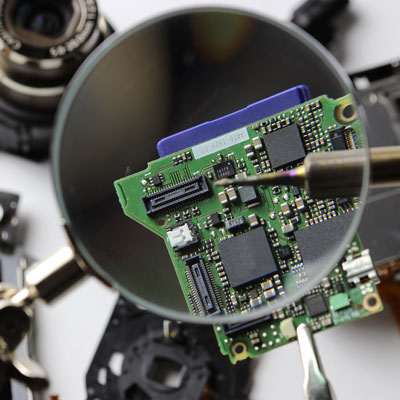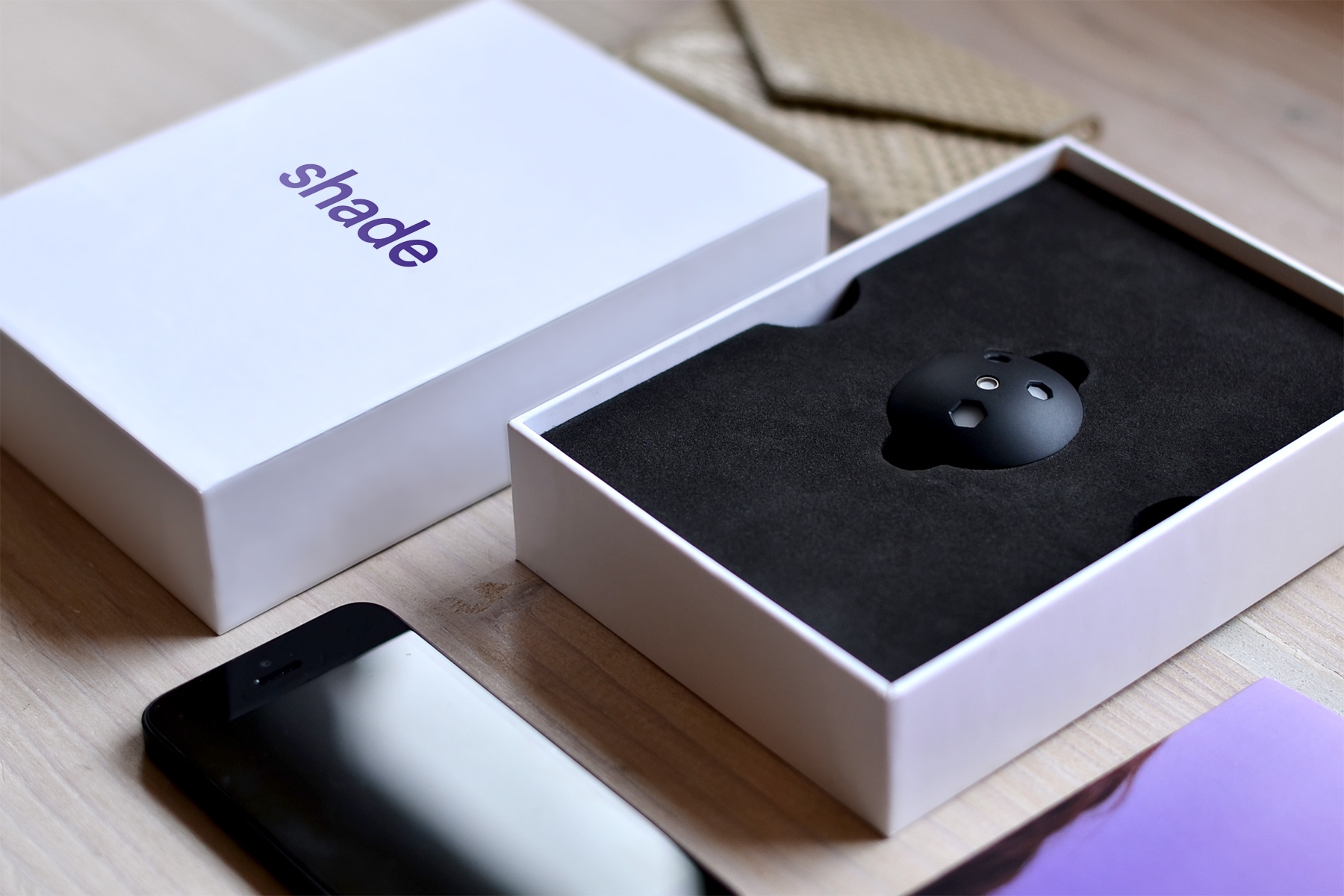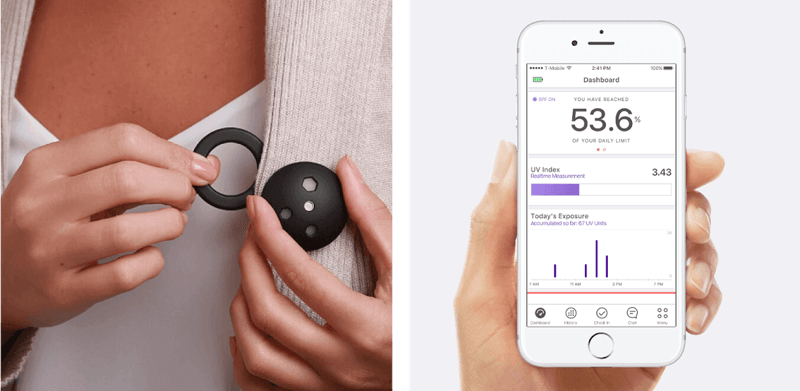Having lupus means protecting yourself from dangers. But, photosensitivity presents a unique challenge and is often misunderstood.
You’ve read it before: People with lupus should limit their sun exposure. A study by Vila, L., et. al. published over 20 years ago, in 1999, reported that 98.3% of people with lupus understood that sunlight effects lupus disease activity. However, reports on photosensitivity, when covered by health outlets like WebMD and Healthline, have a tendency to oversimplify how the body reacts to sunlight. And, it is this simplification that may cause you to under-protect yourself.
Before we can see how ultraviolet light impacts people with lupus, and what to do about it, we need to do a quick physics lesson. To help out, we got some insights from Dr. Emmanuel Dumont. Dr. Dumont received his PhD in biophysics from Columbia University before conducting research at the Jacobs Technion-Cornell Institute on UV light measurement. This expertise led him to develop Shade, a smartphone-connected and affordable UV sensor specifically designed for Lupus Warriors. Used by Olympian Shannon Boxx, Shade has transformed the way people with lupus approach sun exposure and UV light awareness.




Love this great graphics.
I use Shade and find it very helpful. I tend to underestimate my uv exposure when I am feeling all right, and become very worried about going out when I am not well. Shade grounds me in reality and helps me regulate my exposure sensibly. Many thanks to the good people who invented it and market it.
Is this device available in Australia?